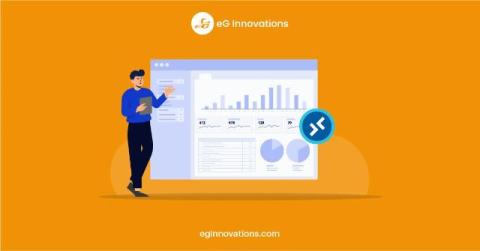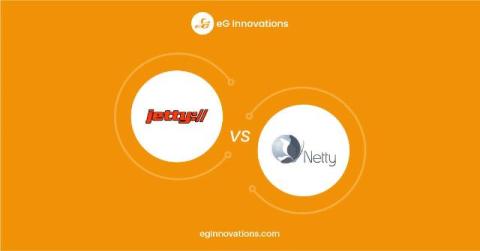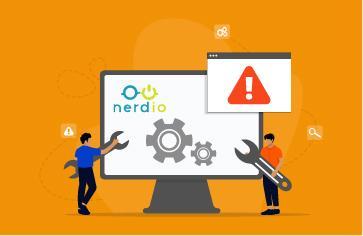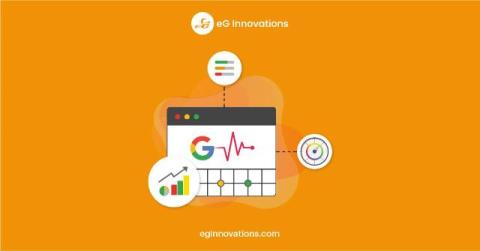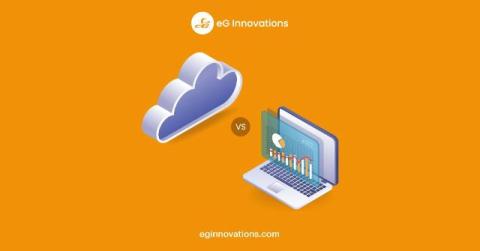Discover how eG Enterprise provides enterprise-class observability to enhance IT operations and ensure optimal digital experiences. With end-to-end monitoring, diagnosis, reporting, and analytics across physical, virtual, cloud, and hybrid environments, eG Enterprise proactively detects and resolves performance issues to keep applications running smoothly. By ensuring uptime and delivering actionable insights, it helps organizations maximize the value of their IT investments, achieve superior ROI, and deliver reliable, high-performing services.




